pH pens are a valuable tool for every grower. Maintaining a proper pH balance will prevent you from running into a lot of problems down the road. Cannabis roots can only absorb nutrients when the medium they’re in has a pH in the right window. If the pH is too low or high, your plant will show signs of a nutrient deficiency. The best way to maintain this balance is to measure the pH of every liquid you give your plants. This is where the pH pen is very handy.
pH pens can lose their accuracy over time, so it’s best to calibrate them every few months to make sure they are working correctly.
The pH pen we have available in the store is cheap and easy to calibrate. It also comes with some powder packets to make a buffer solution to calibrate the pen.
What is a “Buffer Solution”?
A buffer solution is a liquid that has a very stable pH. Adding an acid or base to it will have little effect. A buffer solution is sometimes called a calibration solution, they are used to calibrate pH sensors. These solutions can be found at hydroponic stores and usually come in pairs. The ones I use in this example have a pH of 4 and 7. You need two solutions so you can test them against each other. If you only calibrate to one, it’s impossible to guarantee accuracy.
Tools Required to Calibrate Your pH Pen
pH pen with calibration screw driver
pH buffer solution
Water
Beer (optional)
Step By Step For Calibrating Your pH Pen
Step One – Calibrate to pH 4 Solution
Fill a small container with your buffer solution. You won’t need much, just enough to cover the sensor on the pen. In my case, I used a shot glass and filled it 3/4 of the way with the pH 4 buffer solution.
Next, put your pen in the solution and see what the reading is on the LCD screen. My pen was quite off and registered 2.8.
On the back of the pen, there is a small hole with a tiny screw inside. While keeping your pen in the buffer solution, use the small screwdriver to adjust the screw inside. You will need to turn it clockwise or counterclockwise until the LCD is reading 4.0
Step Two – Calibrate to pH 7 Solution
Rinse your pen off with some water, and do the same process with a clean shot glass and the pH 7 buffer solution. When you test it, it should read 7. If it doesn’t say 7 your pen might be no longer working properly.
These types of pH pens are very simple because they are calibrated manually. But, If they aren’t stored correctly they may lose their ability to correctly measure pH. Make sure to rinse off your pen after every use, shake it dry, and replace the cap. Store it in a safe dry place.
Step Three – Give It a Test
Now let’s have some fun with our calibrated pen and make sure it’s working correctly. I decided to test it out on some tap water and some Old Style Pilsner. The pH of my tap water is usually a little basic around 7.2 or 7.5. When I measured mine today it was 7.4
Beer, especially a lager or pilsner, has a pH that ranges between 4.2 and 4.6. When I measured my beer it was 4.4
Coca-Cola has a pH between 2.2 and 2.5. There are also many minerals waters with their pH listed on the label.
It looks like the pen is now calibrated properly. I will calibrate it again in about a month.
What Does ATC Stand For?
You’ll notice the pH pen has the letters ATC printed on it. ATC stands for Automatic Temperature Compensation. pH pens without ATC are less accurate. The pH value will change depending on temperature. A pH pen with ATC will compensate for small differences in temperature. It’s a good idea to have all the solutions you’re measuring at the same temperature to maintain accuracy.
Digital pH Meter Pen
The pH pen mentioned above is available through our online store. It comes with some calibration powder so you can make sure it’s calibrated before using.
pH Meter Calibration Powder
These calibration powder packs can be used instead of the calibration fluid mentioned above. One of these packages can be mixed in a jar with water and used at least 10 times before throwing it out.
Thanks for reading this article. If you found it helpful please share it with anyone else who might find it useful. If you have any question, please leave a comment below.
If you want to learn even more about growing good cannabis, we offer a free 40+ page guide full of images.
Now available on Amazon.
Sign up for our newsletter and download the digital copy today!
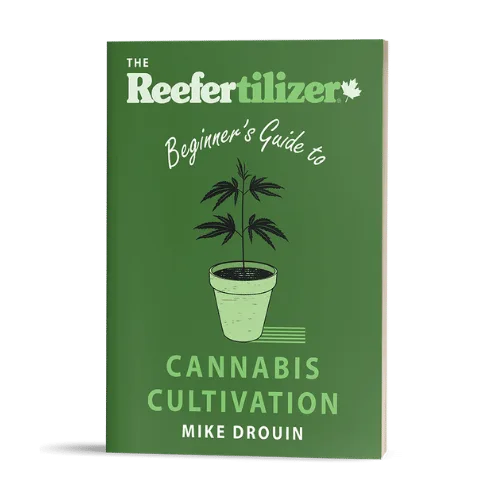
This guide will answer many questions about growing cannabis, like the following...
Selecting Seeds
Identify and Correct Problems
Maximize Yield
Much More...
Get a Chance to INSTANTLY WIN a Reefertilizer Nutrient Kit When You Sign Up.

Mike Drouin is the co-founder of Reefertilizer. He’s an experienced craft cannabis grower and a writer of many articles regarding the process. Mike lives on Vancouver Island and enjoys cycling and camping and will sometimes combine the two.

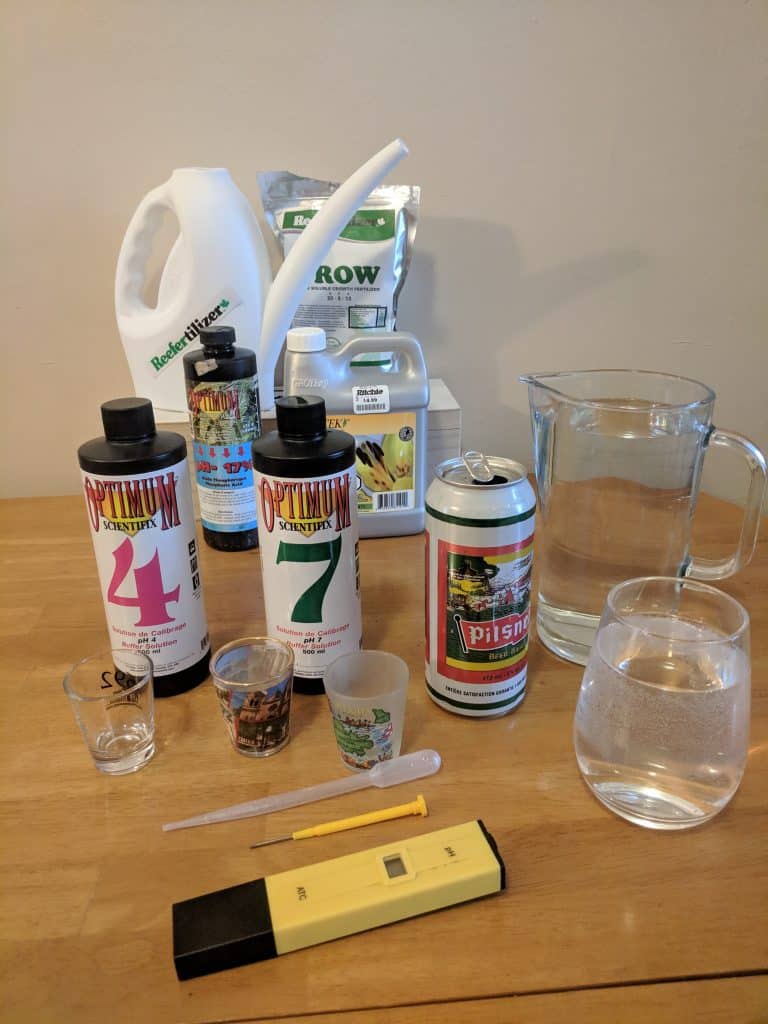
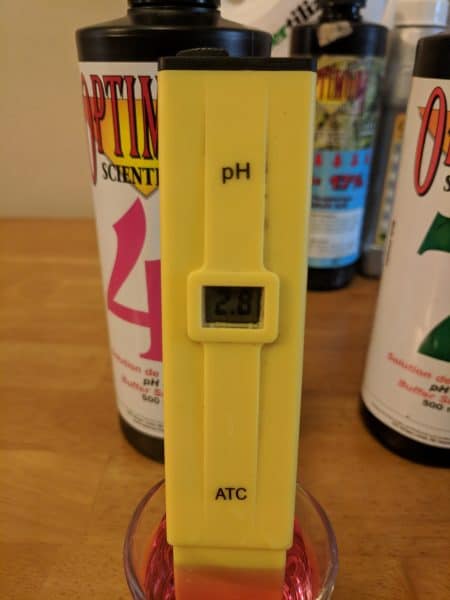
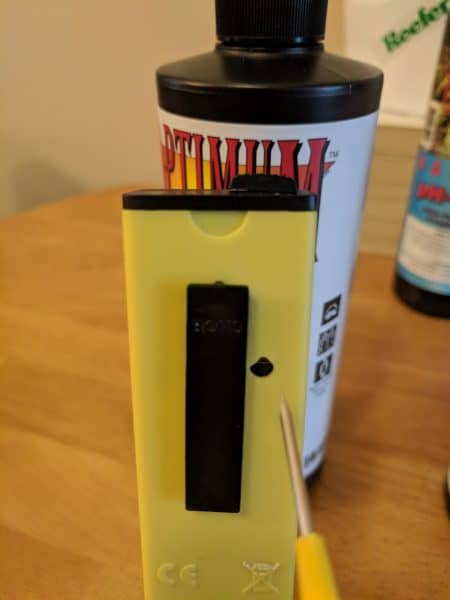
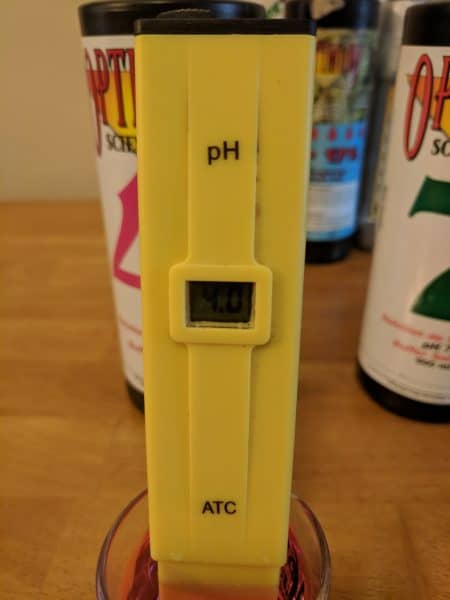
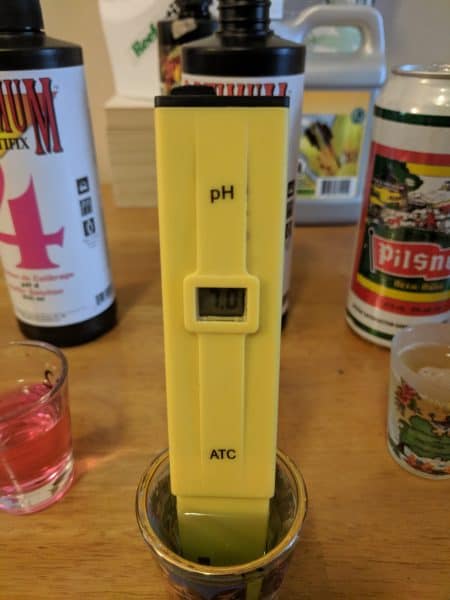
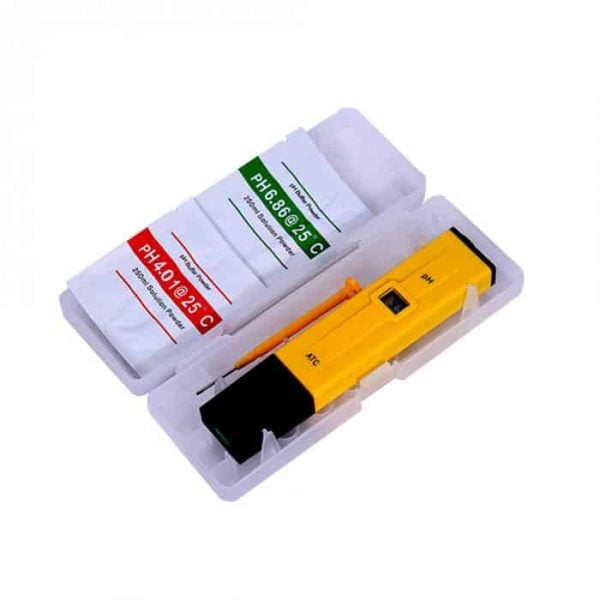
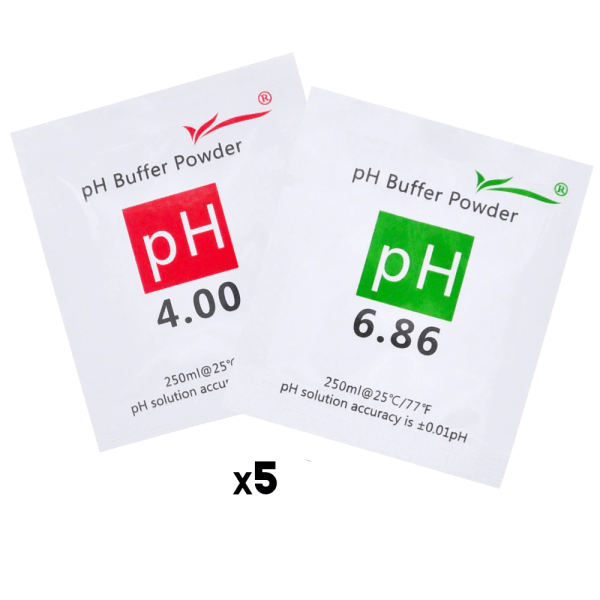
could really use this 3 part series atm,do you offer samples for home growers?
Hey Mark. Send us an email and we will see what we can do.
Mike, I’m new ihi Canabis grower and this year I had a nice plants for my second time,but I think I am in trouble because i get a lots of seed in my plant and I dont know why, it’ very sticky sticky plant and have a nice and strong smell but the buds have a lots of seed, my neibur had 2 males plant wich he destroyed but it was already to late for his 2 females lefted, I asking myself if it was his males wich have feconded my female and that the reason I do haves buds and seeds in mine, if it is the case could I use the seed to grow futur Canabis plant or it’s a risky try..
Thank’s for your attention.
Robert
It sounds like your plant was pollinated by your neighbor’s male plant. One male plant can pollinate many female plants in a very wide area.
You can use the seeds from your plant and it shouldn’t be too risky. These seeds would be a cross between your plant and the neighbours. The genetic quality will vary from seed to seed.
A good idea would be to germinate double what you need and keep the strongest seedlings while tossing the weaker half. You will still need to remove any male plants before they pollinate any nearby females.